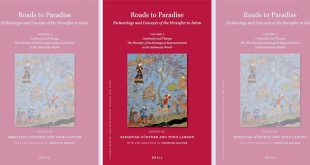This study surveys rulings on the subject of migration issued by Imami Shi’ite legal scholars from the formative 10th – 14th centuries to contemporary times.
Prefacing this survey with an examination of hijrah (migration) in the Qur’an and early Imami traditions, the study opens up reflection on an area of Islamic legal discourse that is largely ignored in the literature on Islam in the West. In examining the legal discourse on migration as an historical phenomenon central to the early construction of Muslim identity and not simply as an ad hoc response to modern contingencies, we are able to situate the rulings of traditional modern legal scholars within a long-standing discursive framework. The study demonstrates that while early jurists constructed a rationale for migration to Muslim-held territory that served the interests of the community or state and religion, jurists of the modern period re-employ the same theoretical models while adjusting them to respond to the historical circumstances of cultural and religious globalization.
Bibliographic Information
Title: The Shi’ite Law of Migration: Preserving Identity, Safeguarding Morality
Author: Linda Darwish
Published in: Studies in Religion/Sciences Religieuses. 43(1), 70-101
Language: English
Length: 32 pages
 Ijtihad Network Being Wise and Faithful Muslim in the Contemporary World
Ijtihad Network Being Wise and Faithful Muslim in the Contemporary World
